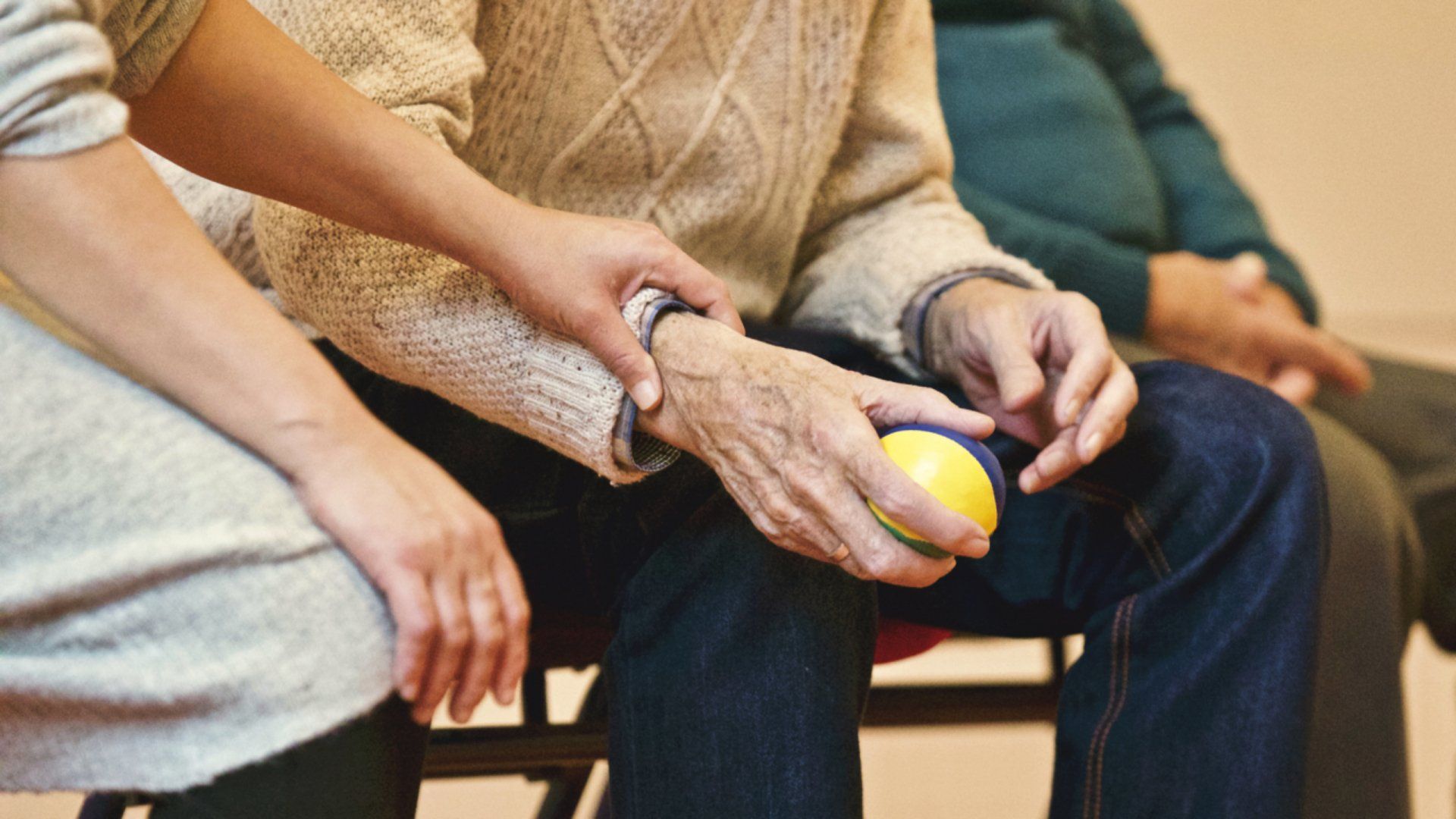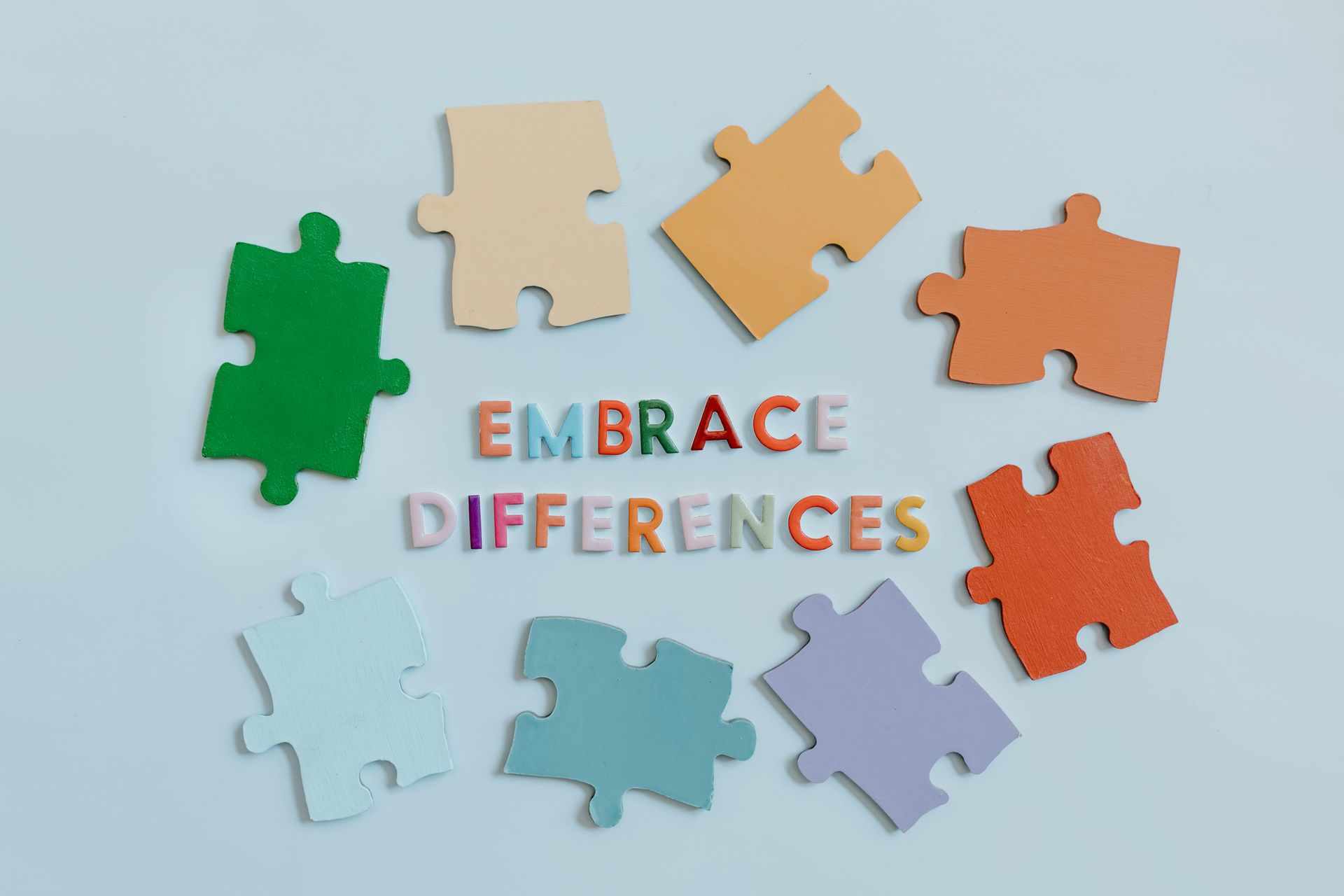By Katherine Nestor
•
March 4, 2024
This International Women’s Day, we are lucky enough to have interviewed our Clinical Manager and Mental Health Accredited Social Worker, Tracey Davies. The Australian Bureau of Statistics reports that in their lifetime, 1 in 6 women will experience depression and 1 in 3 will suffer from anxiety. These statistics have increased throughout history, so today we have asked Tracey about her unique observations in treating women's mental health, and the gender-specific presenting issues that she sees in her practice. Women often face unique mental health challenges, and these gender-specific issues can be affected by socio-political trends such as the #MeToo movement, changes in legislation, or cultural shifts. What have been some of the common issues you have encountered in your practice amongst women in recent years? Tracey: The cost of living is going up everywhere, but especially in Australia and other developed countries. Women are feeling the pinch more than ever, as they often have to juggle multiple roles and responsibilities at home and work. They are the ones who usually take care of the household, the children, and the elderly relatives, while also trying to earn an income and pay the bills. They have to deal with the rising prices of food, housing, and health care, which leave little money for fun and relaxation. Women may feel stressed, anxious, and overwhelmed by their situation, and this can affect their mental health and well-being, as well as their relationships with their loved ones and communities. The rising cost of living is a reality that many women have to face in today's world. It can be hard to cope with the financial pressures and the emotional stress that come with it. But there are also some ways to help manage finances and manage emotions better, and improve their quality of life. Here are some tips that may help you: Make a budget . Track income and expenses, and to see where you can save or spend more wisely. You can use a spreadsheet, an app, or a simple notebook to make your budget. You should include all your fixed costs, such as rent or mortgage, utilities, insurance, taxes, etc., as well as your variable costs, such as food, clothing, entertainment, etc. You should also set aside some money for savings and emergencies. A budget can help you to avoid overspending, debt, and financial stress. Look for ways to reduce your expenses. For example, you can shop around for cheaper deals on your phone, internet, electricity/gas, and insurance services. You can cancel subscriptions or memberships that you don't use or need. You can sell or donate things that you don't use or need. You can also look for free or low-cost activities in your area that you can enjoy with your family or friends. Take care of yourself and your well-being. The most important thing that you can do to cope with the rising cost of living is to take care of yourself and your well-being. You should not neglect your physical, mental, emotional, and social needs because of your financial situation. You should make time for yourself and do things that make you happy and healthy. For example, you can exercise regularly, eat well, sleep enough, meditate, relax, etc. You can also spend quality time with your family and friends who support you and love you. You can also join a support group or a network of women who share your experiences and challenges. There are many professional organisations that can support you like Lifeline. These are free and accessible to everyone. You can also speak to your doctor about a referral to a mental health professional if you notice that your mood has changed and you are not enjoying your life like you used to. Are there specific generational differences or age-related trends in women's mental health that you've noticed in your practice? Social media and technology have become integral parts of daily life. How do you see these digital influences affecting women's mental health, and what strategies can women employ to maintain a healthy digital balance? Tracey: Menopause and perimenopause are natural stages of life for women that can affect them naturally in their early 30’s or 40’s and after medical intervention such as hysterectomy, cancer treatment or hormone treatment and they can bring many challenges and discomforts. Some women may experience hot flashes, mood swings, insomnia, anxiety, depression, weight gain, and more. These symptoms can affect their quality of life, self-esteem, and relationships. However, thanks to the increasing awareness and education on social media, many women are learning more about their hormonal changes and how to cope with them. They are finding support, advice, and resources from other women who are going through the same journey. They are also discovering that they have options and choices when it comes to managing their symptoms and improving their well-being. Social media is empowering women to not settle for the status quo and to seek help when they need it. They are realising that what they are feeling is not normal and that they deserve to feel better. They are also becoming more vocal and visible in sharing their stories and experiences, breaking the stigma and silence that often surround menopause and perimenopause. If you are a woman who is approaching or in menopause or perimenopause, you are not alone. You can find a community of support and information on social media platforms. I would encourage anyone who is wondering if their symptoms are caused by menopause to consult with their doctor or a specialist to find out what treatments and therapies are available for you. You have the right to take charge of your health and happiness during this transition. The main barriers for women seeking help from a mental health professional are: Stigma and sham e: Many women feel embarrassed or ashamed to admit that they are struggling with their mental health, especially if they are expected to be strong, successful, and nurturing. They may worry about being judged, rejected, or discriminated against by others, including their family, friends, or employers. Lack of awareness and education : Some women may not recognise the signs and symptoms of mental health problems, or may not know where to find help. They may also have misconceptions or myths about mental health, such as believing that it is a sign of weakness, a personal flaw, or something that can be overcome by willpower alone. Cost and accessibility : Some women may not be able to afford or access mental health services, due to lack of insurance, transportation, childcare, or time. They may also face barriers such as long waiting lists, language differences, cultural insensitivity, or gender bias in the mental health system. Fear of consequences : Some women may fear the potential consequences of seeking help, such as losing custody of their children, being reported to authorities, or having their privacy violated. They may also worry about the side effects of medication, the effectiveness of therapy, or the stigma of having a diagnosis. Some possible solutions to overcome these barriers are: Reducing stigma and shame: Seek support from other women who have experienced similar challenges, such as online forums, peer groups, or mentors. Look at repeatable websites such as Beyon Now to explore the facts and myths of mental health Increasing awareness and education: Learn more about the signs and symptoms of mental health problems, and the benefits of seeking help. They can also explore the different types of mental health services available, such as counselling, therapy, medication, or self-help resources from trusted sources, such as their doctor, nurse, or pharmacist. Improving cost and accessibility: Look for affordable or free mental health services in their community, such as public clinics, community centres, or non-profit organisations like Lifeline. They can also use online or phone-based services, such as telehealth, e-therapy, or apps. Addressing fear of consequences: Seek legal advice or ask your doctor for a referral to a mental health clinician to discuss concerns. You can also seek a second opinion or switch providers if you are not satisfied with your care.





















